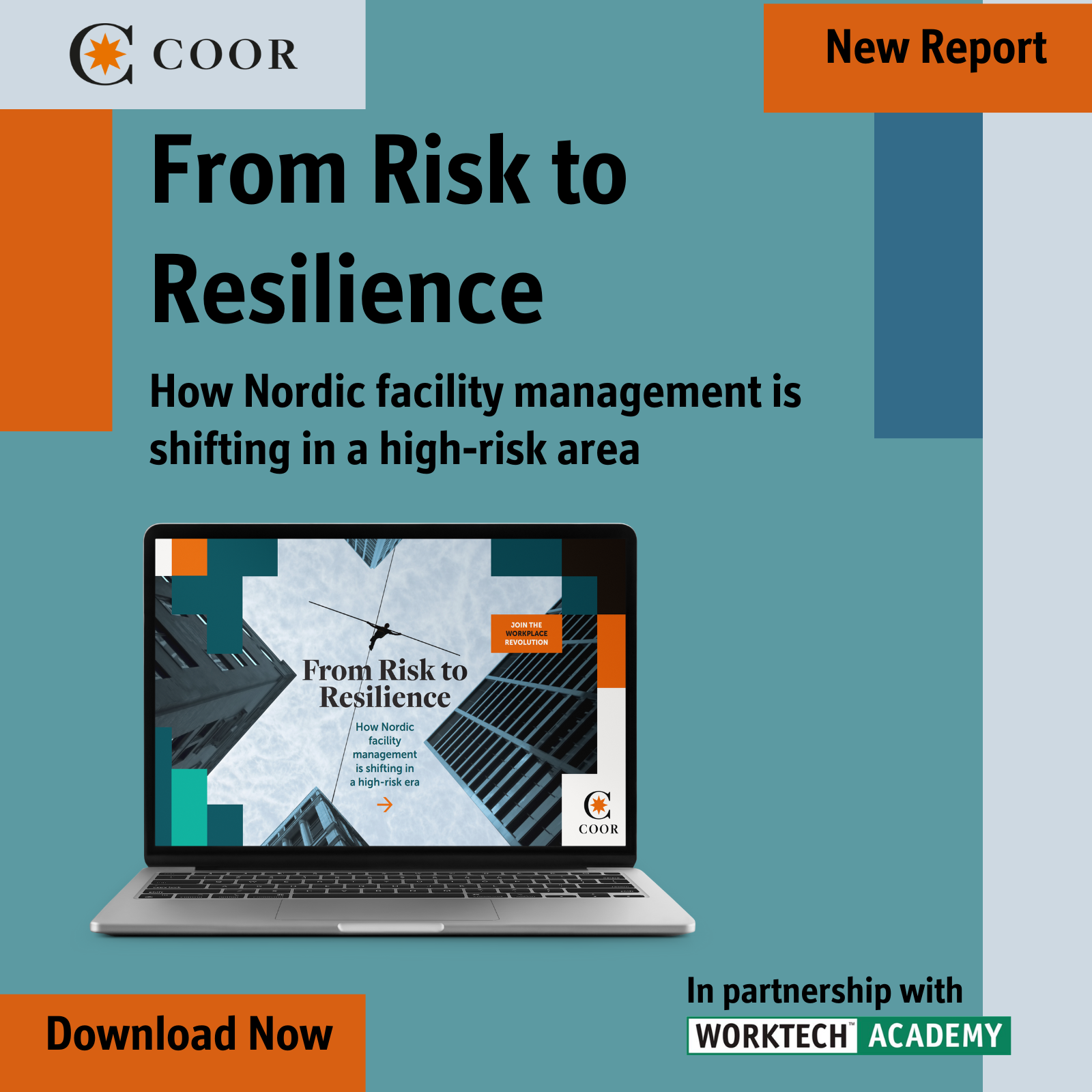The power of ergonomics in Indian workplaces
India’s offices are already rated highly for how they make employees feel, but ergonomics offers a clear path to healthier, more productive and future-ready workplaces
India’s business landscape is evolving fast. A young and tech-savvy workforce, as well as a wave of modern office developments are reshaping expectations of how and where work happens. Against this backdrop, Gensler’s Global Workplace Survey offered a striking data point – India is the only country where the Experience Index (EXI) – how employees feel about their workplaces – surpasses the Workplace Index (WPI), which measures functional support for tasks and productivity.
The distinction brings an opportunity into the light. If Indian workplaces already deliver strong emotional resonance, embedding ergonomic design could move them from inspiring to truly empowering – supporting both the effectiveness of work and the wellbeing of workers.
Ergonomics as a strategic lever
Traditionally, ergonomics has been associated with comfort and safety. In today’s context, it’s far more strategic – the discipline is about designing spaces around human capabilities and needs, reducing strain, and encouraging healthy movement. By optimising posture, lighting, acoustic conditions and adjustability, ergonomics help people work better, feel better, and engage on a deeper level.
For organisations, this has direct business value. Studies consistently link ergonomic design to higher productivity, fewer injuries and reduced fatigue. Where workplace experience is already high – as India’s EXI suggests – ergonomics becomes the differentiator that embraces engagement and sustains energy across long, complex workdays.
Why it matters now in India
Indian organisations are leaning into human-centred design: activity-based settings, social spaces, and varied zones for focus or collaboration. These models respond to cultural values of community and personal agency, while supporting diverse working styles.
But as office density grows and hybrid schedules lengthen on-site hours, ergonomics cannot be left behind. Adjustable seating across collaboration areas, sit-stand solutions that invite movement, and well-considered lighting reduce physical stress and signal care for employee wellbeing. When people can adapt their environment to the task, not the other way around, experience becomes personalised and empowering.
The future Indian workplace
For leaders and designers, there is a clear call to integrate ergonomics as a baseline requirement, not an optional add-on. Make comfort and adaptability available in every space – from focus pods and team tables to informal lounges and touchdown areas. Prioritise movement, flexibility and user control to meet rising expectations for wellbeing.
As India continues its shift toward more human-centred workplaces, ergonomic intelligence will help ensure that rapid transformation doesn’t come at the cost of health and performance. By merging functional excellence with emotional resonance, businesses can build environments where people thrive – and where India’s competitive, creative edge only sharpens.








